Can gamification save illiterate kids?
Going route of conventional brick-and-mortar schools is not scalable solution
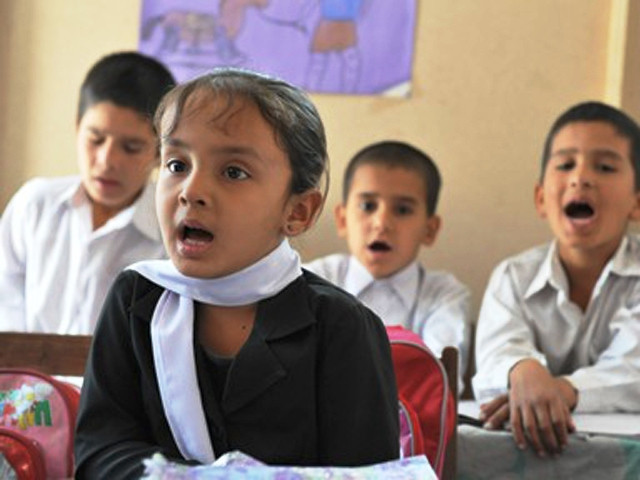
Education is the key. No society can progress and develop without it, and Pakistan is no exception. But education is a broad term. It includes primary and secondary schooling, first degrees offered by colleges, and then higher education, including master's degrees and doctorates.
In Pakistan, all these areas fail to pass muster when compared to global standards. This article, however, concerns itself only with the primary level because this is where we have a catastrophe in the making.
According to the United Nations Children's Fund (Unicef), approximately 26 million children aged 5-16 are out of school in Pakistan, representing 44% of the total population in this age group. This makes Pakistan the country with the largest number of out-of-school children in the world. The situation is particularly severe in rural areas and katchi abadis of large cities such as Karachi.
These 26 million children – a number greater than the entire population of Sri Lanka – will grow up illiterate. And in an age when information is power, it is a cruel injustice to abandon even one child to the ravages of illiteracy, let alone 26 million of them.
What we have here is an educational disaster, not unlike natural disasters such as earthquakes that sometimes wreak havoc in Pakistan. The difference is that natural disasters are ephemeral – they do their damage and pass. Not so in the case of our educational disaster. It is intensifying over time.
Pakistan's population is growing at a rate of six million per year. On average, half of these children will not be able to go to school. By 2035, we will have about 50 million children doomed to illiteracy.
Traditional methods, such as building brick-and-mortar schools, are costly and can only scratch the surface. Consider the laudable and valiant efforts of the citizen-supported and aptly named The Citizens Foundation (TCF). Founded by a group of concerned citizens 30 years ago to address precisely the problem of out-of-school children, it has managed – through broad financial support from the community at home and abroad – to build some 2,000 schools over these three decades. This is a marvellous achievement.
But assuming that each school caters to about 200 children, the combined capacity of TCF schools is about 400,000. On this basis, in order to accommodate all 26 million out-of-school children, TCF would have to build 130,000 new schools!
Clearly, going the route of conventional brick-and-mortar schools is not a scalable solution. We need a solution that, at minimum cost, can be scaled to build hundreds – if not thousands – of "schools" every year. Fortunately, in this age of AI, such a solution is within reach.
But before getting to this solution, it is important to have a clear target in mind: The challenge is illiteracy, not schooling. The distinction is important. We need to teach every child to be able to read, write, and do basic arithmetic – the equivalent of a 3rd or 4th-grade education. Once we have done this, our task is over. The child is no longer illiterate.
Having defined the target very narrowly as the mass eradication of illiteracy, we can now move to a possible solution. Around the world, various groups and organisations have been working to tackle this issue.
One such organisation is Teach The World Foundation (TTWF), a nonprofit set up by a group of expatriate Pakistanis based in the USA, including entrepreneurs, retired senior executives of Fortune 500 companies, and academics from institutions such as the Massachusetts Institute of Technology (MIT).
Their approach is to leverage digital technology in a way that allows a child to learn by herself. There is no teacher to instruct her, and there is no need for a school in the traditional sense of the word. All that is needed is a single well-lit and well-ventilated room – a "micro-school" in TTWF terminology. The room is equipped with 25 tablets loaded with AI-based software designed to present learning as a game.
The child believes she is playing a game, while in fact, the game is progressively teaching her the alphabet, numbers, and ultimately reading, writing, and basic arithmetic. In field trials, TTWF has found that its "gamification" software can bring an illiterate 5- to 10-year-old child to the reading and writing level of a 3rd or 4th grader at a regular school in about 10 to 16 months. The child is no longer illiterate. The world is open to her.
This is how the process works: A room is rented in a poor locality. It is cleaned, painted, and equipped with 25 desks and 25 tablets. A solar system is installed to charge the tablets and run the lights and fans. Finally, a local woman is hired as a custodian and facilitator to ensure that the tablets are charged and that children are guided to the correct games. The school operates in four shifts per day from this single room, meaning that at any given time, 100 children are learning.
In terms of cost and time: The average cost to set up such a "micro-school," including furniture, tablets, and a solar system, is about Rs4 million. The time to launch a single school is, on average, about nine weeks. The main recurring costs are room rent and facilitator salaries – both of which are very reasonable in rural areas.
Contrast this with a traditional school. The cost, on average, to build a school is about Rs70 million and takes around one year to complete. Teachers then need to be hired and trained – a daunting task, given that Pakistan has a shortage of about one million schoolteachers.
If proof of the gamification concept is needed, consider that TTWF, in partnership with the Sindh Education Foundation, has set up 125 micro-schools over the past year in interior Sindh and deprived urban areas. The foundation has been so impressed with the results that it has just greenlit the establishment of 200 more micro-schools in Sindh.
The good news is that TTWF is not the only nonprofit working in this area. Several others are involved in various stages of the process, including not only the building of micro-schools but also the vitally important tasks of creating content and incorporating it into gaming software.
A confluence of developments in AI and the continually declining cost of hardware such as tablets and solar systems has created a unique opportunity to massively scale up efforts to eradicate illiteracy among children.
TTWF believes that it can, given the resources, set up several thousand micro-schools per year. Compare this to the 30 years it has taken TCF to reach the 2,000-school mark. The gamification of learning presents an opportunity to eradicate illiteracy quickly and cost-effectively. This is an opportunity that Pakistan cannot afford to miss.
The federal and provincial governments must commit to working with organisations such as TTWF to jumpstart the building of micro-schools. This is also an opportunity for the corporate sector to allocate some of their CSR funds. Ultimately, the eradication of illiteracy will propel rapid economic growth.
Let's start with an ambitious target of at least 5,000 micro-schools per year so that by 2030, there are 25,000 such schools in operation. Then, we must continue to raise the bar until there is not a single illiterate child left in Pakistan.
THE WRITER IS CHAIRMAN OF MUSTAQBIL PAKISTAN AND HOLDS AN MBA FROM HARVARD BUSINESS SCHOOL


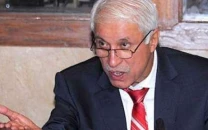
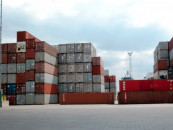

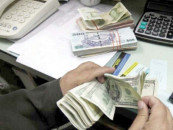
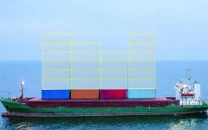















COMMENTS (4)
Comments are moderated and generally will be posted if they are on-topic and not abusive.
For more information, please see our Comments FAQ